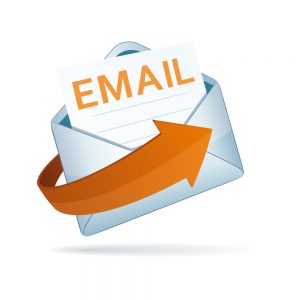Writing a Great Email
 Writing a great Email
Writing a great Email
Over the past few years, I have started to need to write more professional emails for both school and work. This has been difficult to do since I never was taught how to write a professional email in any of my classes. Recently, my online marketing class finally went through this subject that I had been waiting for.
We read many articles and watched videos by business leaders and businesses like Forbes and Inc.com that work closely with large companies around the world. This information was very helpful in learning how to write professional emails and I wanted to share some important things I have learned.
Use Recipients Name
This is applicable even when just continuing an existing thread. Always use the recipient’s name because that builds connection and trust.
Make Your Email Well-Thought Out
Spend some time with this. Don’t just write it and send it immediately. Write a draft and then come back later to make changes. Make sure the language is conversational and that you are taking the recipients time seriously.
Ask yourself the following:
- Is it clear and logical?
- Is it easy to read?
- Will you regret something you wrote later?
- Did you write too much?
- Did you use excessive language that wasn’t needed?
Make Your Email Well-Written
A good email is conversational, but definitely not sloppy. Make sure that capitalization, punctuation, spelling, grammar, and syntax are all correct. This ensures your recipient never thinks you didn’t take their time seriously enough to proofread your work.
Make a Beginning, Middle, and End
Think of your email as a paper that has a beginning, middle, and end. It’s just set up slightly different than a paper is. The beginning should be your greeting and a brief introduction. This is where you would reference a previous discussion or say why you’re reaching out. The middle is the body of your email. This is where you give all the important information that the recipient needs in order to make their decision you are asking them to make. Lastly, the conclusion is where you wrap the email up and give the action steps you think they should take. You propose the time you want a response by or tell them what time works for you for a meeting if you need one.
Think About How You Will Feel If the Email Goes Public
This is an important step to take since this can happen with emails. Make sure the location you are sending the email from is secure and if there is private information in the email, make sure email is the best format and you go through any precautions that are needed.
After learning the information above, I feel much more comfortable in my ability to write professional emails. Hopefully, the information above is helpful to you as well. Be sure to check out Heather McCormac’s thoughts on emails if you want more information.
